The Secrets of the Ancient Egyptian Hieratic Script
The hieratic script, a simplified and cursive form of ancient Egyptian hieroglyphs, holds within its strokes the secrets of a civilization shrouded in mystery and wonder. Used for everyday writing on papyrus and ostraca, this script was more than just a means of communication—it was a window into the soul of ancient Egypt, revealing the intricacies of daily life, administration, and spirituality.
Originating around 3000 BCE, the hieratic script emerged from hieroglyphs, adapting to the evolving needs of Egyptian society. As the primary script for administrative and business purposes, hieratic became a cornerstone of communication, reflecting the pulse of a civilization in constant motion.
Combining logographic and phonetic signs, hieratic script was a marvel of efficiency, utilizing ligatures and abbreviations to convey complex information with elegant simplicity. The strokes of a skilled scribe could capture the essence of a transaction, a legal decree, or a sacred text with precision and grace.
As the script of the scribes, hieratic played a pivotal role in the recording of economic transactions, legal documents, religious texts, and more. It was the lifeblood of order and communication in ancient Egyptian society, ensuring the smooth functioning of a civilization built on intricate hierarchies and traditions.
Deciphering hieratic texts is a journey into the heart of ancient Egypt, requiring a deep dive into grammar, vocabulary, and context. Scholars meticulously analyze each stroke, comparing it to hieroglyphs and the Rosetta Stone in a quest to unveil the hidden meanings woven into the fabric of these ancient writings.
Despite its decline after the Ptolemaic period, hieratic's legacy endured through the development of the Demotic script and the Coptic language. Its influence reverberated through the corridors of time, shaping the evolution of writing systems and languages across civilizations.
Studying hieratic texts presents a myriad of challenges, from fragmentary documents to regional script variations. Unlocking the secrets of hieratic requires specialized knowledge and a keen eye for detail, essential for piecing together the puzzle of ancient Egypt's rich tapestry.
More than a practical writing system, hieratic script transcended into the realms of art and religion, imbuing temple inscriptions, funerary texts, and artistic representations with a sacred aura. Its presence in these contexts symbolized the fusion of writing and spirituality, bridging the earthly and divine in a dance of symbols and meanings.
Preserving hieratic texts is a delicate dance of conservation efforts and modern technologies. The fragility of ancient papyrus and ostraca necessitates meticulous care, with digital imaging and archival techniques serving as guardians of these invaluable pieces of history, ensuring that the secrets of the ancient Egyptian hieratic script endure for generations to come.

Origins and Development
The hieratic script was a simplified, cursive form of ancient Egyptian hieroglyphs. It was used for everyday writing on papyrus and ostraca, making it a crucial aspect of communication in ancient Egypt. Uncover the mysteries of this fascinating script.
The origins of the hieratic script can be traced back to around 3000 BCE when it evolved from the more complex hieroglyphs. This transformation was driven by the need for a more efficient writing system that could be used for administrative and business purposes. As Egyptian society evolved, so did the hieratic script, becoming the primary means of written communication in various contexts.
The development of hieratic script marked a significant shift in how information was recorded and transmitted. It allowed scribes to quickly jot down everyday transactions, legal documents, and religious texts with ease. The script's adaptability and simplicity made it indispensable in the day-to-day operations of ancient Egyptian society.
Over time, hieratic script became deeply ingrained in Egyptian culture, playing a vital role in maintaining order and facilitating communication within the society. Its evolution mirrored the changing needs and priorities of the civilization, making it a dynamic and versatile writing system.
As the hieratic script gained prominence, it became a symbol of sophistication and knowledge, elevating the status of scribes who mastered its intricacies. The script's development not only reflected the practical needs of the time but also the artistic and cultural expressions of ancient Egypt.

Writing System and Structure
The hieratic script, a simplified and cursive form of ancient Egyptian hieroglyphs, had a unique writing system that combined logographic and phonetic signs. These signs were intricately intertwined to form words and convey meaning efficiently. Imagine a puzzle where each piece represents a sound or an idea, coming together to create a coherent message. This intricate system allowed scribes to write with speed and precision, essential for the documentation and communication needs of ancient Egyptian society.
One fascinating aspect of the hieratic script was the use of ligatures and abbreviations. These shortcuts enabled scribes to write complex words or phrases using fewer strokes, increasing writing efficiency. It's like developing your own shorthand language to streamline the writing process, ensuring that important information could be recorded swiftly and accurately. The evolution of hieratic script's structure over time reflected the practical needs and innovations of the ancient Egyptian civilization.
Additionally, hieratic script employed a combination of determinatives, which were symbols added to clarify the meaning of words, and phonetic complements, aiding in pronunciation. This intricate structure required a deep understanding of the script's nuances and conventions, emphasizing the importance of scribes in accurately transcribing and interpreting hieratic texts. The visual beauty and complexity of hieratic script's structure not only served functional purposes but also showcased the artistic and cultural sophistication of ancient Egypt.

Role in Society and Administration
The hieratic script was a simplified, cursive form of ancient Egyptian hieroglyphs. It was used for everyday writing on papyrus and ostraca, making it a crucial aspect of communication in ancient Egypt. Uncover the mysteries of this fascinating script.
The hieratic script played a pivotal role in ancient Egyptian society, particularly in the realms of administration and communication. As the script of the scribes, hieratic was instrumental in recording and documenting various aspects of daily life, ranging from economic transactions to religious ceremonies.
One of the primary functions of hieratic script was its use in administrative tasks. Scribes meticulously recorded information related to taxes, land ownership, and legal proceedings using this script, ensuring the smooth functioning of the bureaucratic system in ancient Egypt. Through hieratic texts, the intricate details of societal organization and governance were preserved for future generations to decipher and understand.
Moreover, hieratic script was essential for the dissemination of religious texts and rituals. Priests and scribes utilized hieratic to transcribe sacred hymns, prayers, and mythological narratives, thereby perpetuating the spiritual beliefs and practices of the ancient Egyptians. The script's presence in temples and tombs underscored its significance in religious contexts, symbolizing a connection between the earthly realm and the divine.
Furthermore, hieratic script facilitated communication among different social strata within ancient Egyptian society. From the pharaohs and nobility to the common laborers and artisans, hieratic served as a unifying medium through which information could be shared and preserved. Whether inscribed on temple walls or written on everyday documents, hieratic script transcended social boundaries, emphasizing the importance of literacy and documentation in maintaining order and cohesion.
In essence, hieratic script was not merely a tool for writing but a cornerstone of societal organization and cultural expression in ancient Egypt. Its role in administration, religion, and everyday life exemplifies the profound impact of written communication on shaping civilizations and preserving collective memory.
- What materials were used for writing hieratic script?
- How did hieratic script influence the development of other writing systems?
- Why is deciphering hieratic texts challenging?
Ancient Egyptians primarily wrote hieratic script on papyrus, a versatile material made from the papyrus plant. Additionally, ostraca, pieces of pottery or stone, were also used for writing everyday texts in hieratic.
The legacy of hieratic script extended beyond ancient Egypt, influencing the creation of the Demotic script and later the Coptic language. Its structural features and phonetic elements served as a foundation for subsequent writing systems in the region.
Deciphering hieratic texts requires a deep understanding of the script's grammar, vocabulary, and context. The fragmentary nature of surviving documents and regional variations in script styles add complexity to the interpretation process.
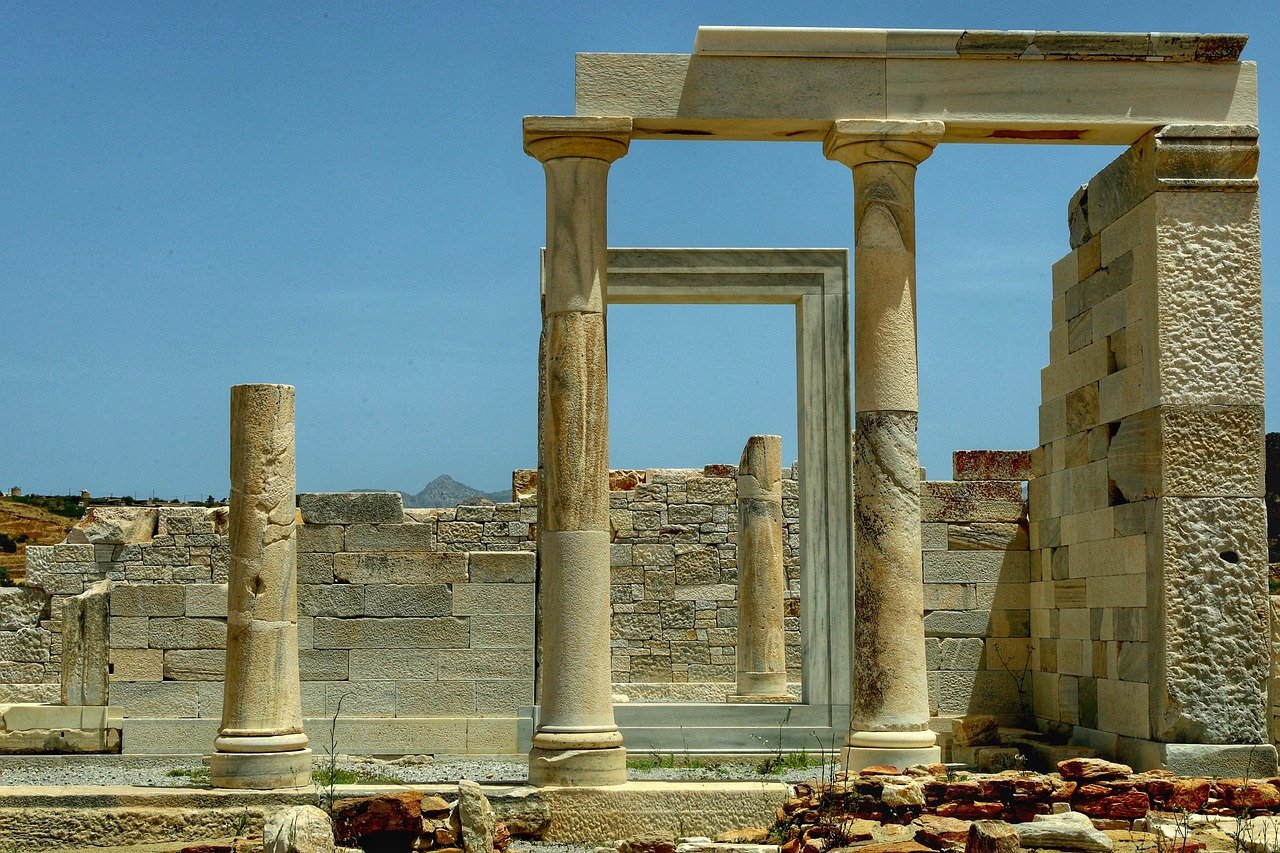
Deciphering Hieratic Texts
Deciphering hieratic texts is a complex and fascinating process that requires a deep dive into the intricacies of this ancient script. Scholars and Egyptologists alike must possess a comprehensive understanding of hieratic grammar, vocabulary, and context to unravel the meanings hidden within these enigmatic writings. By conducting comparative analyses with hieroglyphs and utilizing the Rosetta Stone as a key to translation, researchers can piece together the puzzle of hieratic texts and gain valuable insights into ancient Egyptian society.
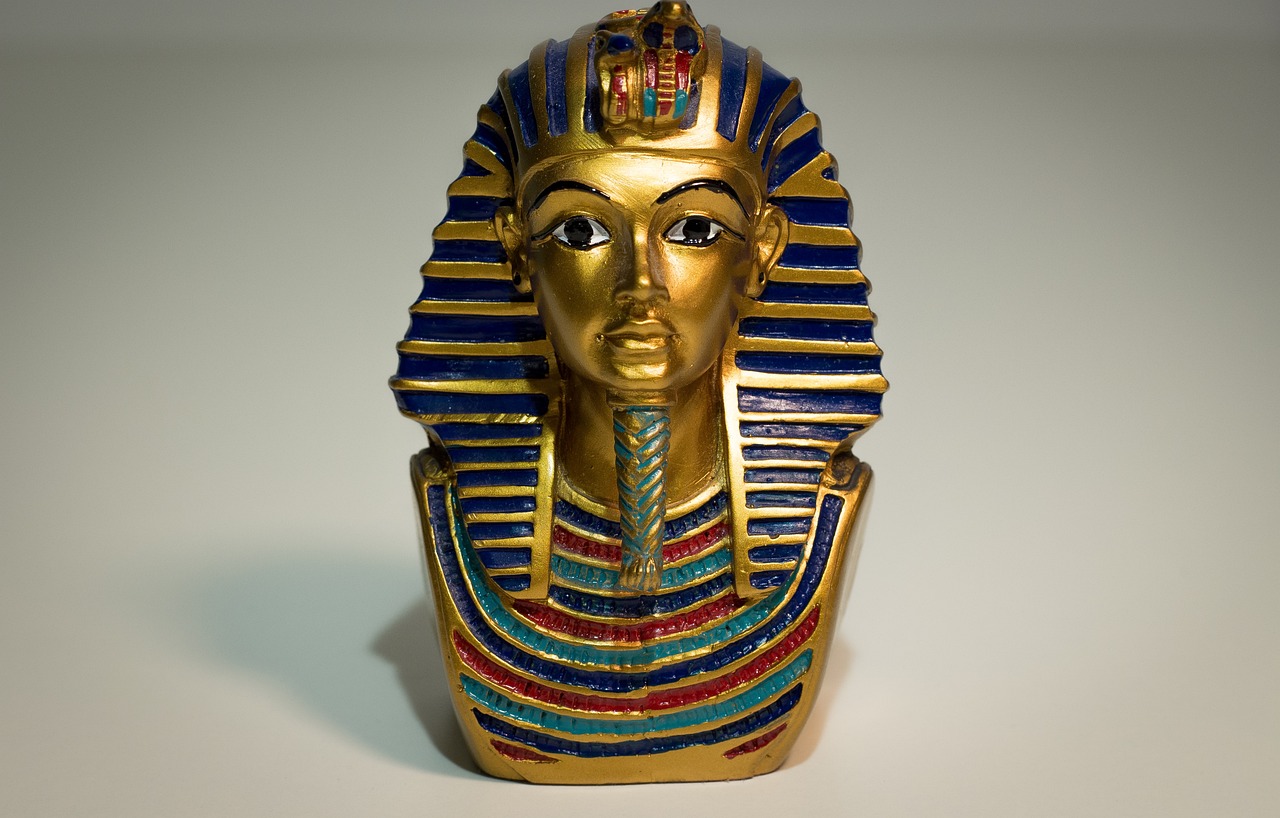
Legacy and Influence
The legacy of the hieratic script extends far beyond its use in ancient Egypt, shaping the course of writing systems and languages throughout history. Despite its decline in popularity after the Ptolemaic period, hieratic left a lasting impact on subsequent scripts and languages.
One of the most significant influences of hieratic was its role in the development of the Demotic script, a more simplified and cursive form of writing that emerged in the late period of ancient Egypt. This transition marked a shift towards a more accessible and efficient writing system, paving the way for further linguistic evolution.
Furthermore, the legacy of hieratic can be traced in the Coptic language, which adapted the Greek alphabet to write the Egyptian language. The influence of hieratic in shaping the phonetic and structural aspects of Coptic highlights the enduring impact of this ancient script.
Moreover, hieratic's legacy can be seen in the broader context of writing systems worldwide. The principles of efficiency and adaptability embedded in hieratic influenced the development of various scripts, demonstrating the universal relevance of ancient Egyptian writing practices.
Overall, the legacy and influence of the hieratic script serve as a testament to the enduring power of written communication and the profound impact that ancient Egyptian civilization has had on the evolution of language and writing systems.
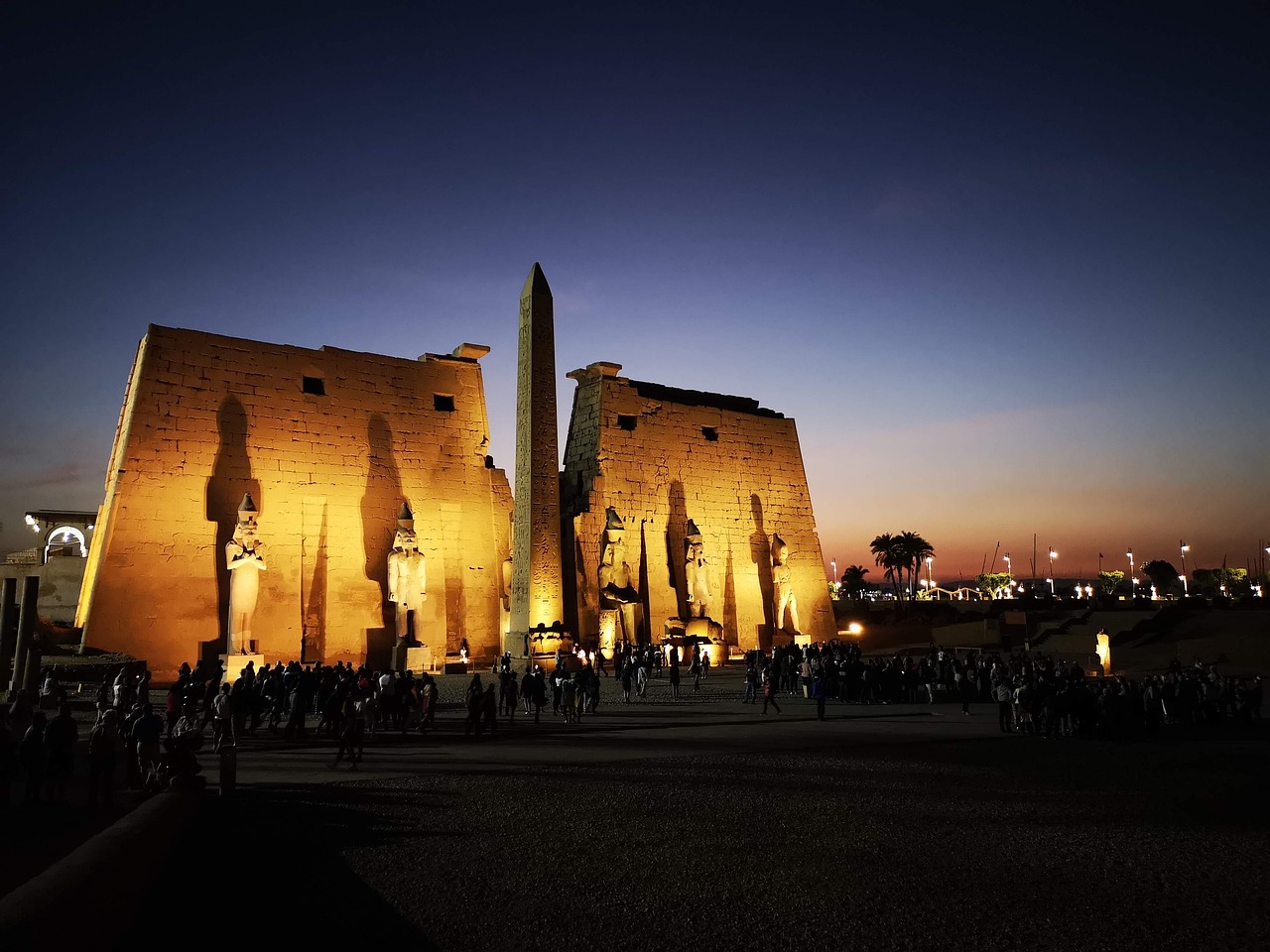
Challenges in Hieratic Studies
Studying hieratic texts presents a myriad of challenges that require a comprehensive approach to unravel the mysteries of this ancient script. One of the primary obstacles is the fragmentary nature of surviving documents, which often leaves gaps in the text, making interpretation a complex task. Scholars must piece together scattered fragments like solving a jigsaw puzzle to reconstruct the original meaning.
Furthermore, regional variations in hieratic script styles add another layer of complexity to deciphering texts. Different scribes and regions had unique writing conventions, leading to inconsistencies in spelling, grammar, and vocabulary usage. This diversity necessitates a deep understanding of regional differences to accurately interpret the content.
Another significant challenge in hieratic studies is the specialized knowledge required for accurate interpretation. Deciphering hieratic texts demands expertise in ancient Egyptian language, grammar, and cultural context. Scholars must undergo rigorous training and immerse themselves in the world of ancient Egypt to grasp the nuances embedded within the script.
To overcome these challenges, researchers employ a multidisciplinary approach that combines linguistic analysis, historical context, and archaeological evidence. Comparative studies with hieroglyphs and the Rosetta Stone serve as valuable tools in unlocking the secrets hidden within hieratic texts. By integrating various disciplines, scholars can piece together the puzzle of hieratic script and shed light on the ancient Egyptian civilization.
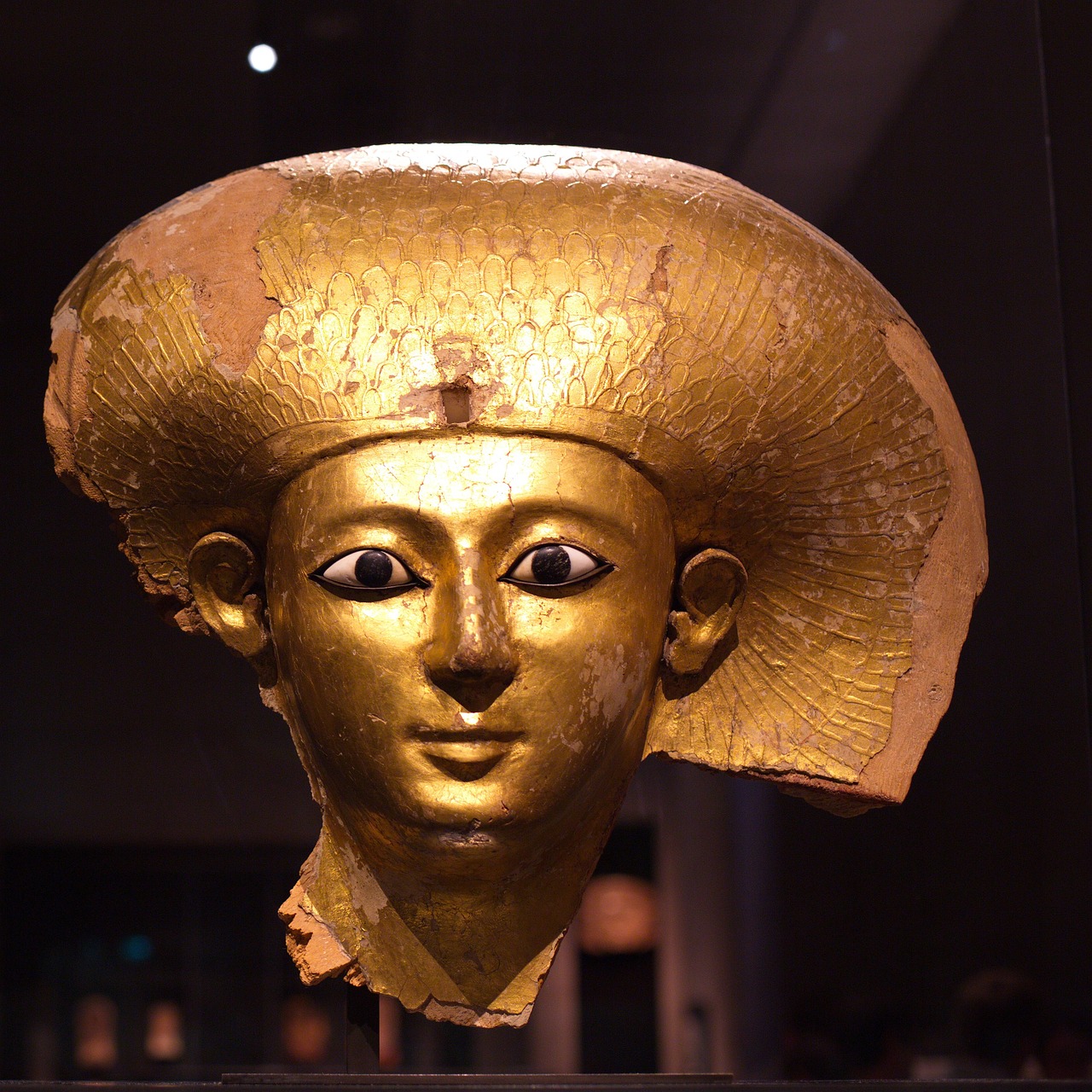
Hieratic in Art and Religion
Hieratic script in ancient Egypt was not merely a utilitarian tool for everyday communication; it held profound symbolic significance in the realms of art and religion. The intricate strokes and curves of hieratic characters were not just a means of writing but also a reflection of the spiritual beliefs and artistic expressions of the ancient Egyptians. In temples, hieratic inscriptions adorned the walls, conveying sacred texts and rituals that connected the earthly realm with the divine. These inscriptions served not only as records but as conduits for spiritual energy, embodying the essence of Egyptian religious practices.
Furthermore, hieratic script played a crucial role in funerary contexts, where it was used in texts such as the Book of the Dead to guide the deceased through the afterlife. The meticulous writing of hieratic characters on papyrus scrolls accompanied the deceased in their journey, ensuring their safe passage and protection in the realm of the gods. The intertwining of hieratic script with religious beliefs exemplified the deep spiritual significance attributed to writing in ancient Egyptian culture.
Moreover, hieratic script was intricately linked to artistic representations in ancient Egypt. Artists often incorporated hieratic characters into their depictions of gods, pharaohs, and mythical creatures, infusing their creations with divine meaning and power. The fusion of hieratic script with artistic motifs created a harmonious blend of visual and textual elements, enriching the artistic landscape of ancient Egypt.
In essence, hieratic script transcended its practical function as a writing system and became a conduit for the expression of religious beliefs and artistic creativity in ancient Egypt. Its presence in art and religion not only preserved the cultural heritage of the civilization but also provided insights into the spiritual and creative mindset of the ancient Egyptians.
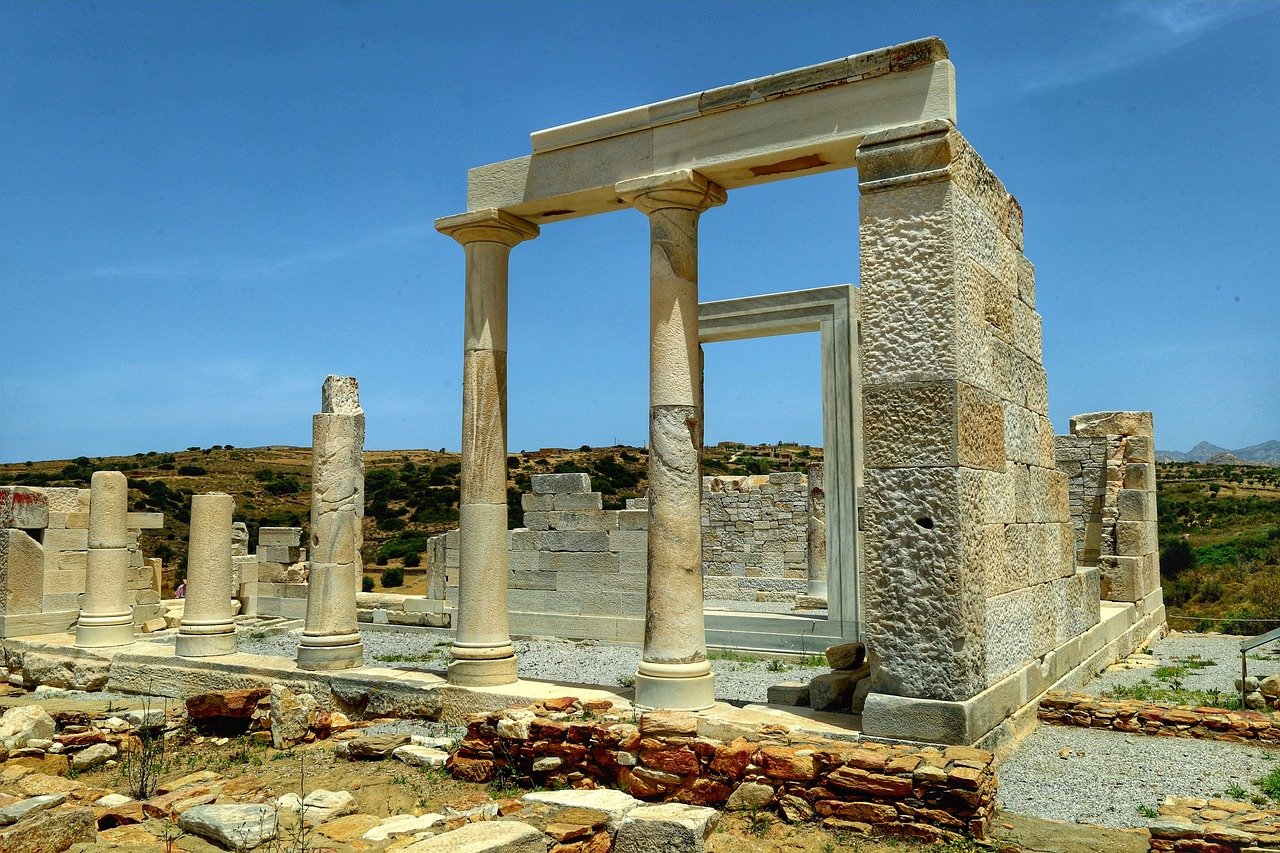
Preservation and Conservation Efforts
Preserving hieratic texts is a delicate and meticulous process that requires dedicated conservation efforts. The fragility of ancient papyrus and ostraca necessitates careful handling to prevent deterioration and ensure long-term preservation. Modern technologies have played a significant role in safeguarding these invaluable pieces of history, with digital imaging and archival techniques enabling detailed documentation and analysis.
Conservation efforts often involve creating digital copies of hieratic texts, allowing researchers to study and analyze them without risking damage to the original artifacts. By digitizing these ancient writings, scholars can access and interpret hieratic texts more easily, contributing to a deeper understanding of ancient Egyptian culture and society.
In addition to digital preservation, physical conservation methods are also crucial in maintaining the integrity of hieratic texts. Specialized techniques such as controlled environments, protective enclosures, and chemical treatments help prevent further deterioration and ensure the longevity of these historical documents.
Collaborative efforts between archaeologists, conservators, and researchers are essential in preserving hieratic texts for future generations. By combining expertise in various fields, professionals can develop comprehensive conservation strategies that address the unique challenges posed by ancient Egyptian artifacts.
Frequently Asked Questions
- What is the significance of hieratic script in ancient Egypt?
Hieratic script was a crucial form of communication in ancient Egypt, used for everyday writing on papyrus and ostraca. It played a vital role in recording economic transactions, legal documents, religious texts, and more, contributing to the maintenance of order and communication within Egyptian society.
- How did hieratic script evolve from hieroglyphs?
Hieratic script developed from hieroglyphs around 3000 BCE, becoming the primary script for administrative and business purposes. Its evolution was influenced by the changing needs of Egyptian society, leading to its widespread use in various contexts.
- What challenges are faced in deciphering hieratic texts?
Deciphering hieratic texts requires a deep understanding of the script's grammar, vocabulary, and context. Scholars often use comparative analysis with hieroglyphs and the Rosetta Stone to unlock the meanings hidden within these ancient writings.
- How is hieratic script preserved and conserved?
Preserving hieratic texts requires meticulous care and conservation efforts due to the fragility of ancient papyrus and ostraca. Modern technologies, such as digital imaging and archival techniques, play a crucial role in safeguarding these invaluable pieces of history.



















